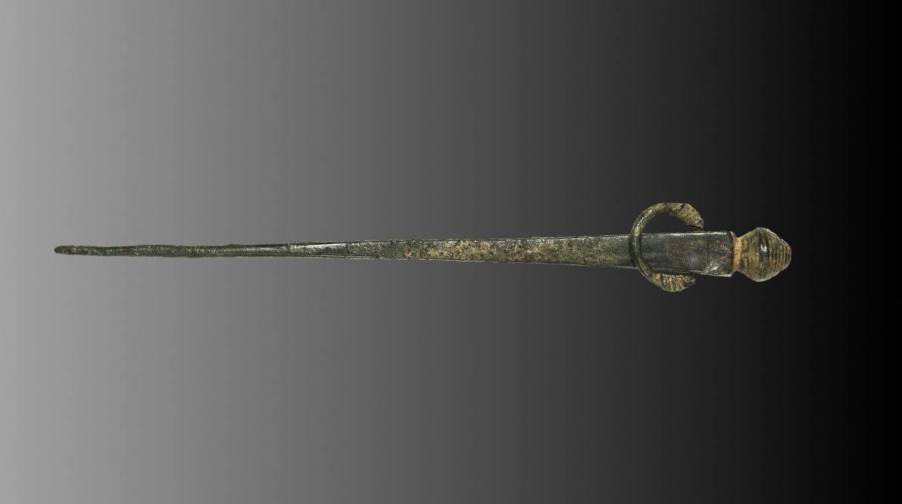
The 3 Main Types of Cotter Pins
You’ve likely encountered cotter pins while performing maintenance on a car, a motorcycle, or a bicycle. Cotter pins fit through a hole drilled perpendicular to, or in a groove around, the center-line axis of a threaded bolt or a clevis pin. The design keeps accessories, from car parts to airplane landing gear, from loosening over time. While they come in many shapes and sizes, there are three main types of cotter pins.
What are the three main types of cotter pins?
The three main types of cotter pins include the typical prong and extended prong, hammerlock, and R-clip or hairpin varieties. A single piece of wire forms the basis of all three types, and they all function similarly to keep fasteners securely mated together. Of course, there are several other types of cotter pins, but these three main types will meet the needs of most applications, as explained by Grainger and One Monroe Aerospace.
1. Prong or extended prong

Prong, or extended prong, cotter pins are the most common type and resemble a folded piece of flattened wire with parallel prongs. They work by inserting the prongs through a hole drilled cross-wise through a bolt and castle-nut combination or clevis pin and bending the prongs away from each other and around the castle-nut or clevis pin.
2. Hammerlock
Hammerlock cotter pins resemble extended prong cotter pins except that the longer prong curves toward the opposite prong. Hammerlock cotter pins work by striking the looped end with a hammer while inserted through a fastener, forcing the shorter prong past the longer curved prong. This action separates the prongs and locks the hammerlock cotter pin into place, preventing the castle nut or clevis pin from loosening.
3. R-clip or hairpin
R-clip or hairpin cotter pins look different than an extended prong or hammerlock type. Instead, they resemble the letter R or a heavy-duty hairpin when viewed from the right angle. Their uses vary from locking clevis pins and castle nuts like extended prong cotter pins and hammerlocks to securing clevis pins with a groove cut around the circumference.
R-clip cotter pins are more easily removed and reused than the other two types. Their easy removal makes them suitable for adjustable linkages, trailer couplings, and frequently removed clevis pins.
Other types of cotter pins and locking rings
Pivot Pins lists other types of cotter pins and locking rings, including:
- Crimp ring retainers
- Bow-tie locking cotters
- Rue rings
- Infinity s-hooks
Crimp ring retainers, bow-tie locking cotters, and infinity s-hooks fit into a groove at the end of a clevis pin. Rue rings require a hole drilled through and a groove at the end of the clevis pin. Each type offers varying degrees of security and accessibility, so choosing the best one depends on the specific application.




